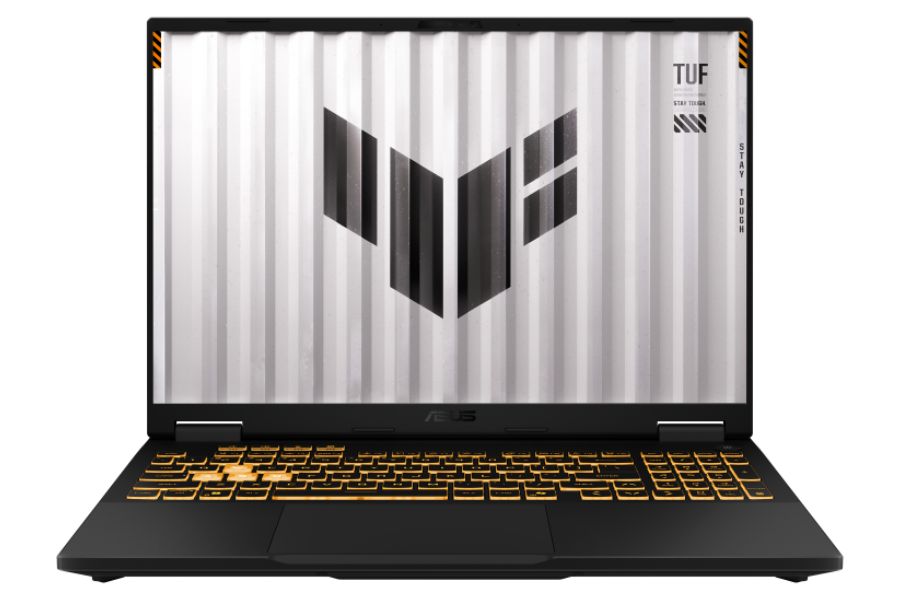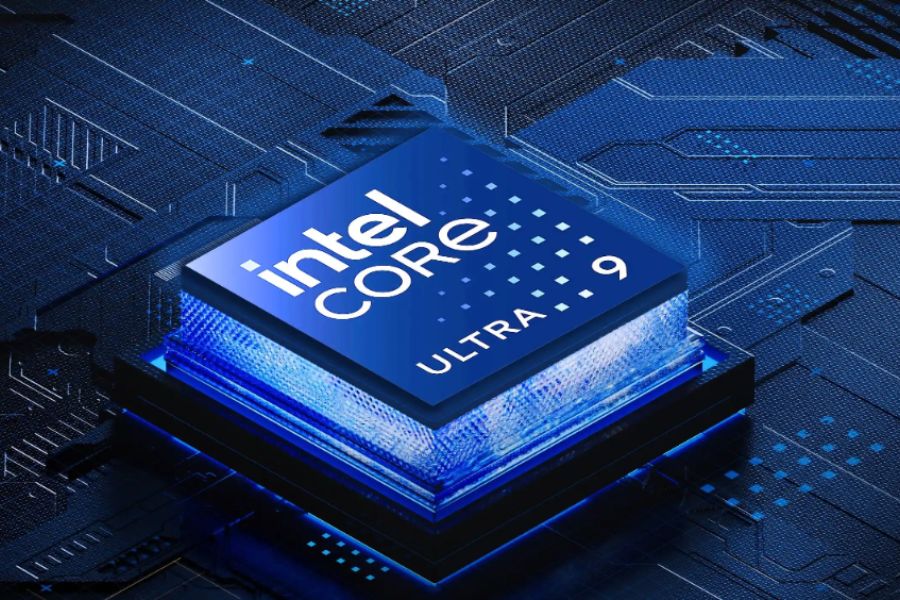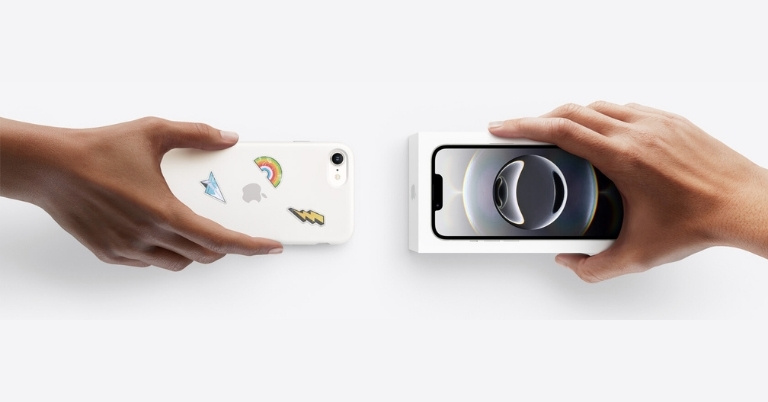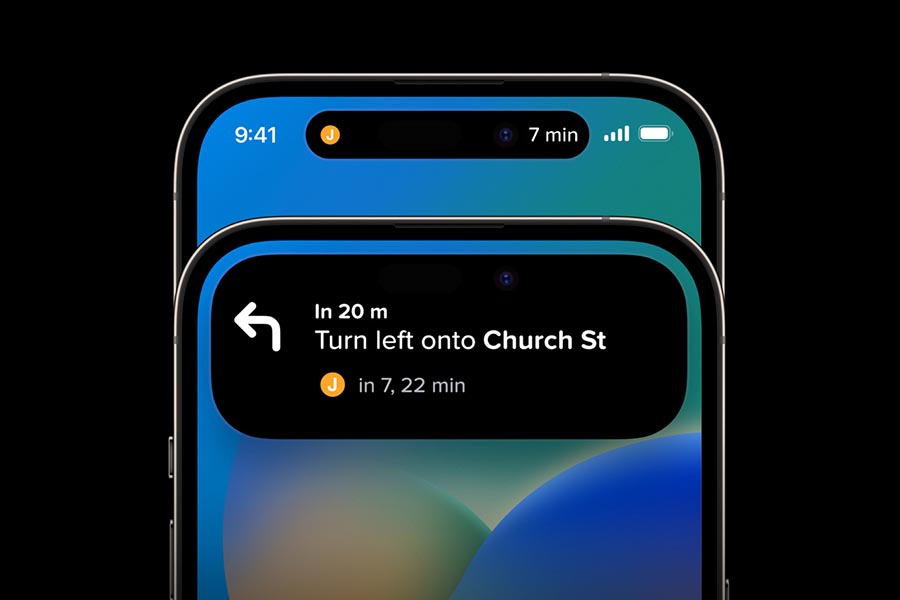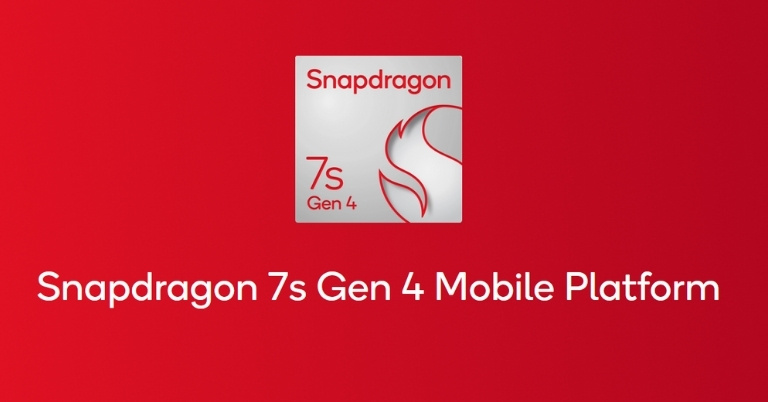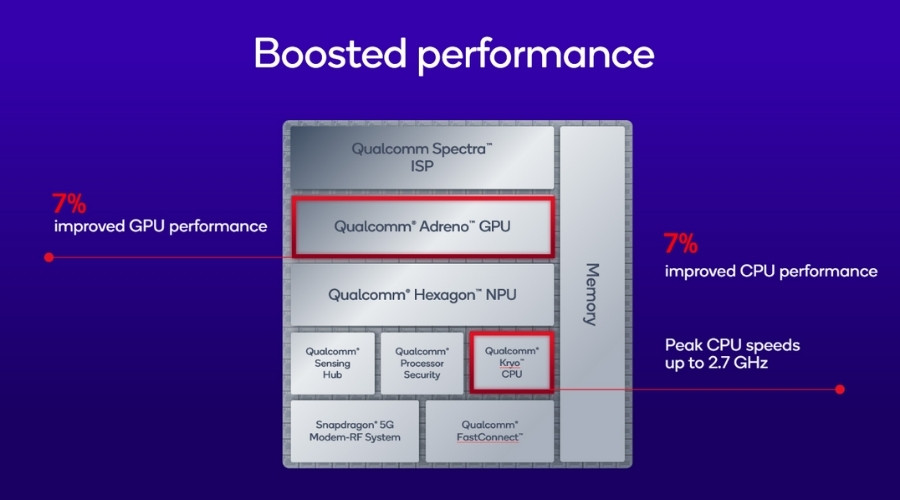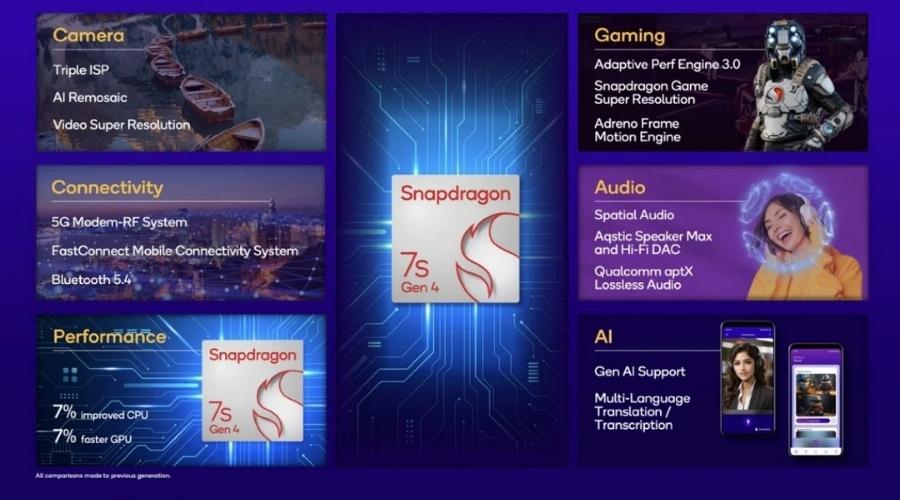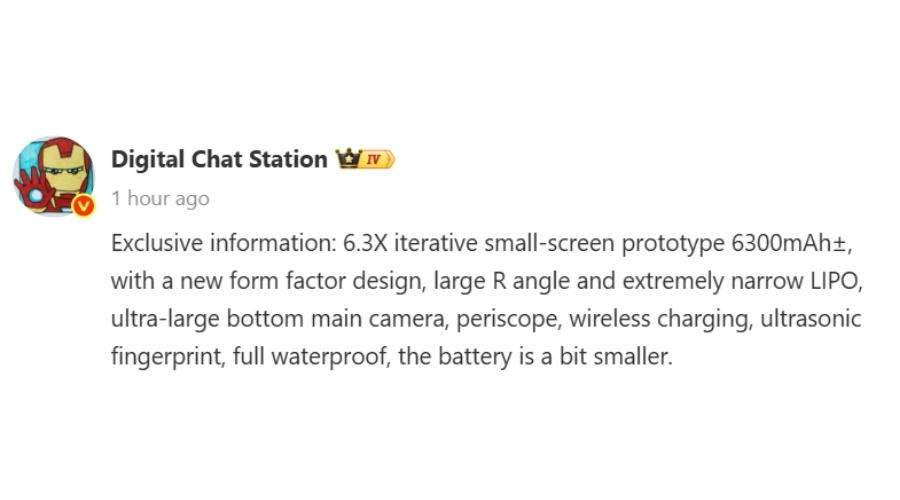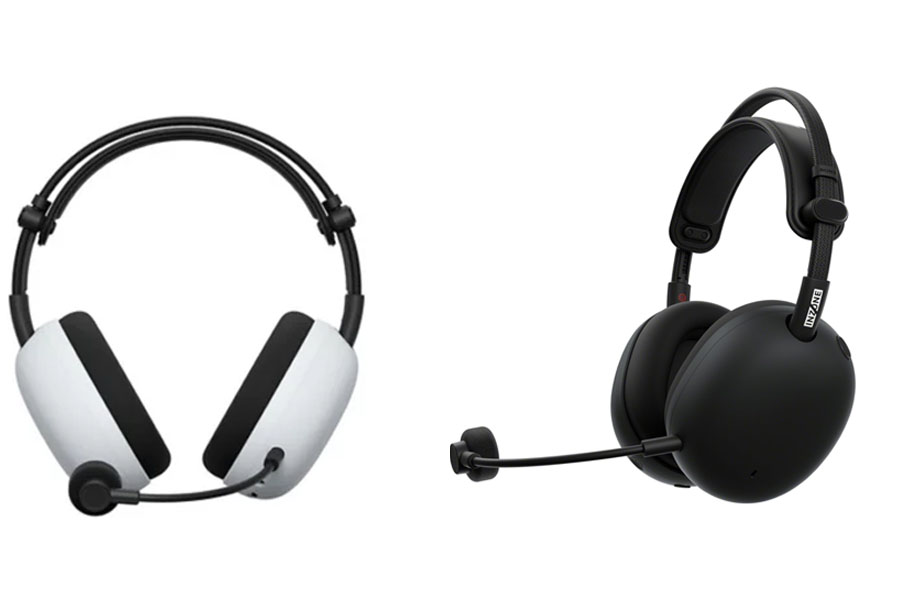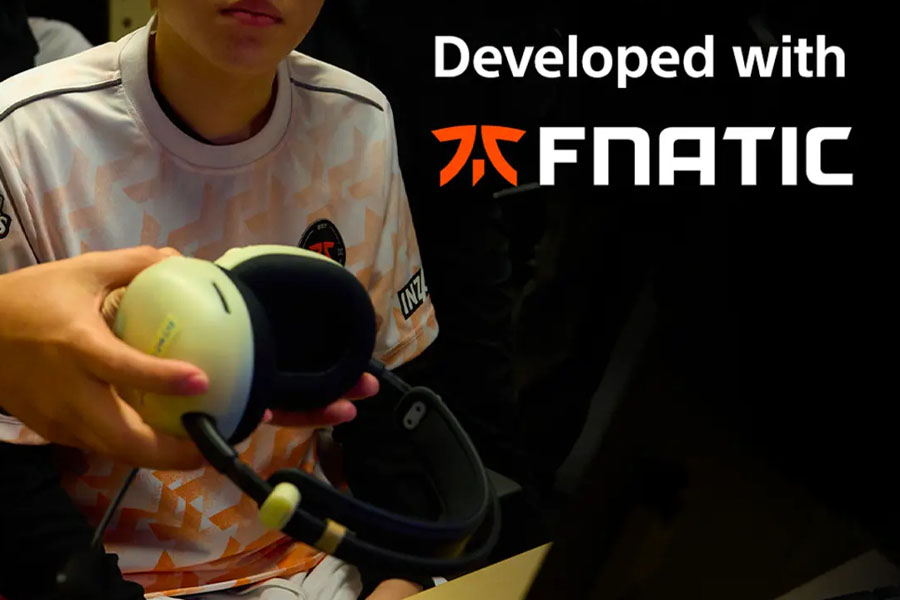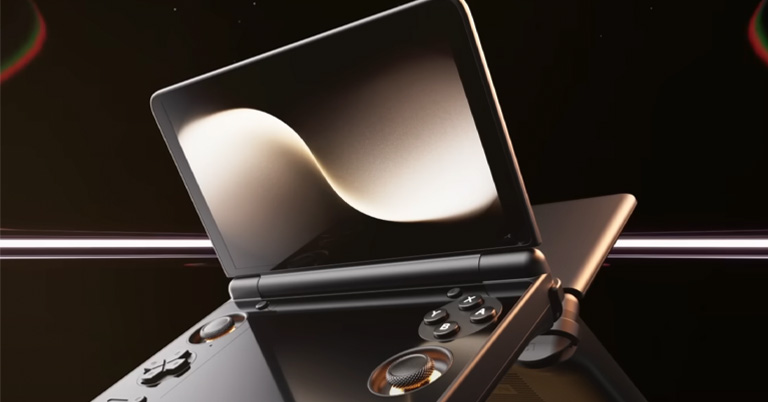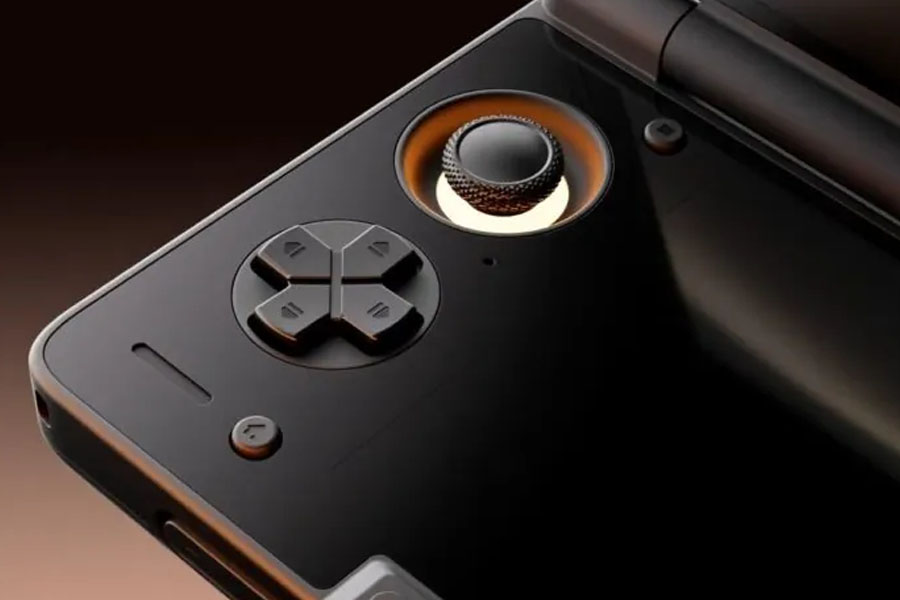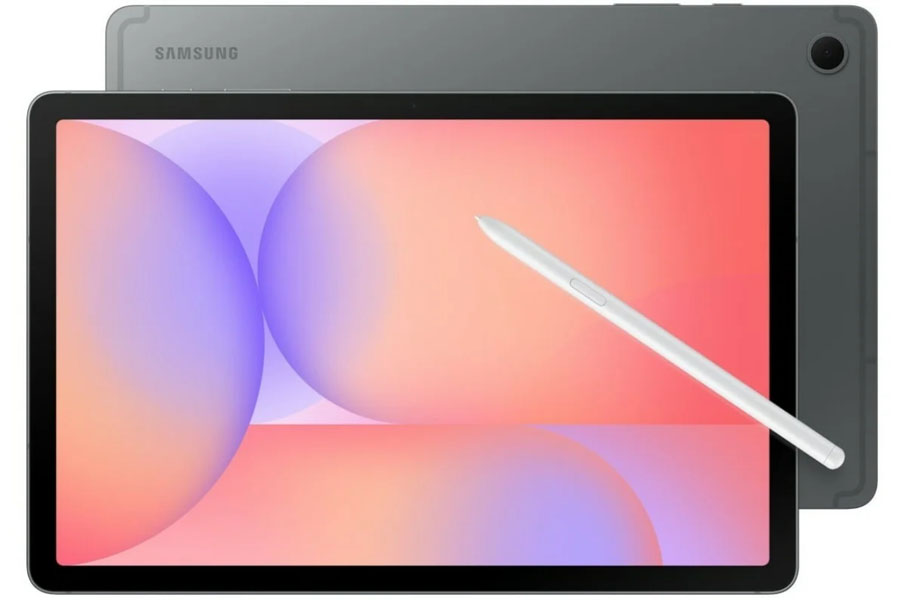You know what’s been missing from vanilla Pixel phones for years? A telephoto lens. While Samsung was throwing periscope cameras into their flagships, Google kept insisting that computational photography could solve everything. Well, they finally caved. Google just dropped the Pixel 10 series in Brooklyn, and for the first time ever, in the Pixel 10, you’re getting three cameras instead of two. This article will discuss everything about the latest Google Pixel 10, including its price in Nepal, specifications, and availability.
Google Pixel 10 Overview
Camera System
![]()
Google went from zero to hero with the camera setup. You’re getting a 48MP main camera with f/1.7 aperture and OIS. But the interesting addition is that – they added a 10.8MP telephoto with 5x optical zoom. And yeah, it’s got OIS too.
The ultrawide is 13MP with a 120-degree field of view. All things considered, it’s rather funny that Google took this long to realize that maybe, just maybe, people want to zoom in on stuff without everything turning into a pixelated mess.
The 5x optical zoom extends to 20x Super Res Zoom through their “computational magic.” Well, basically this means you can actually capture distant subjects without the usual digital zoom artifacts. More often than not, Pixel phones were amazing in low light but terrible for anything far away – this should fix that. Similarly, for front camera, you are getting a 10.5 MP sensor.
Tensor G5
One thing that caught our attention was Google claiming this is “Pixel’s biggest performance leap yet.” The Tensor G5 is built on 3nm process and supposedly designed specifically for AI camera processing. You’re getting 12GB of RAM across both 128GB and 256GB storage options. But needless to say, starting your phone with 128GB variant in 2025 is just mad awful thing to do. You can do almost nothing with 128GB. They should have started with 256GB like everyone else.
From where we’re seeing Google’s strategy, they’re finally treating the Tensor chip like it matters for more than just voice recognition. The problem, I think, was that previous Tensor chips were good for AI stuff but felt sluggish for basic phone tasks. We don’t know if the G5 fixes this completely, but 12GB of RAM should help.
Design
The Pixel 10 measures 152.8 × 72 × 8.6mm and weighs 204g. Google claims it’s twice as durable as the Pixel 8, which isn’t saying much since that phone wasn’t exactly a tank. You’re getting Gorilla Glass Victus 2 front and back, IP68 water resistance, and a 6.3-inch LTPO OLED with 120Hz refresh rate.
The back is made from “polished glass with satin finish” and 100% recycled aluminum accents. Whatever that means in practice, but at least they’re trying to sound environmentally conscious.
- Also, read
Qi2 Integration
But makes no sense to bury this – Google finally embedded magnets directly into the phone for Qi2 wireless charging. Unlike Samsung’s “Qi2-Ready” nonsense, this works like Apple’s MagSafe. You’re getting 15W wireless charging with magnetic alignment, and it’s compatible with existing MagSafe accessories.
They’re calling it the “Pixelsnap ecosystem,” which sounds like marketing speak, but magnetic accessories are genuinely useful. No more fumbling with wireless charger alignment.
AI Features
Google’s going heavy on Gemini integration. Magic Cue proactively suggests information based on context. Camera Coach uses Gemini for real-time photography tips. Ask Photos lets you edit through natural language descriptions. While Gemini Live integration lets you have conversations about what the camera sees.
Similarly, ‘Enhanced Live Translate’ now preserves the caller’s natural voice during real-time translation, which is actually pretty cool if it works properly. Sadly, I think most of these AI features will be gimmicks that people try once and forget about. But the camera coaching might actually be useful for people learning photography.
Battery and Software Support
The 4,970mAh battery should last over 24 hours of typical use, with up to 100 hours using Extreme Battery Saver mode. 30W wired charging gets you to 55% in about 30 minutes.
Google’s promising 7 years of OS and security updates, so you’ll get support through 2032. That’s genuinely impressive and puts pressure on other Android manufacturers. But, the real question, can Pixel phones last up to 7 years without breaking apart, or more clearly, are people willing to use the same phone for 7 straight years?
Google Pixel 10 Specifications
- Display: 6.3-inch LTPO OLED, 120Hz refresh rate
- Processor: Google Tensor G5 (3nm process)
- RAM: 12GB (all configurations)
- Storage: 128GB, 256GB options
- Rear Cameras: 48MP main (f/1.7, OIS), 10.8MP telephoto (5x optical zoom, OIS), 13MP ultrawide (120° FoV)
- Front Camera: 10.5 MP
- Battery: 4,970mAh with 30W wired, 15W Qi2 wireless charging
- Build: Gorilla Glass Victus 2, IP68 rating, 100% recycled aluminum
- OS: Android 16 with 7 years of updates
- Connectivity: Qi2 magnetic wireless charging, reverse wireless charging
- Dimensions: 152.8 × 72 × 8.6mm, 204g
Google Pixel 10 Price in Nepal and Availability
Google’s confirmed the Pixel 10 starts at $799 for the base model. When this makes it to Nepal, it would probably start at no less than NPR 130,000 for the 128GB variant.
| Variant | Price in US (Official) | Price in Nepal (Expected) |
|---|---|---|
| Pixel 10 128GB | $799 | NPR 130,000 |
- Meanwhile, check out our review of the Pixel 9 Pro XL vs S24 Ultra



